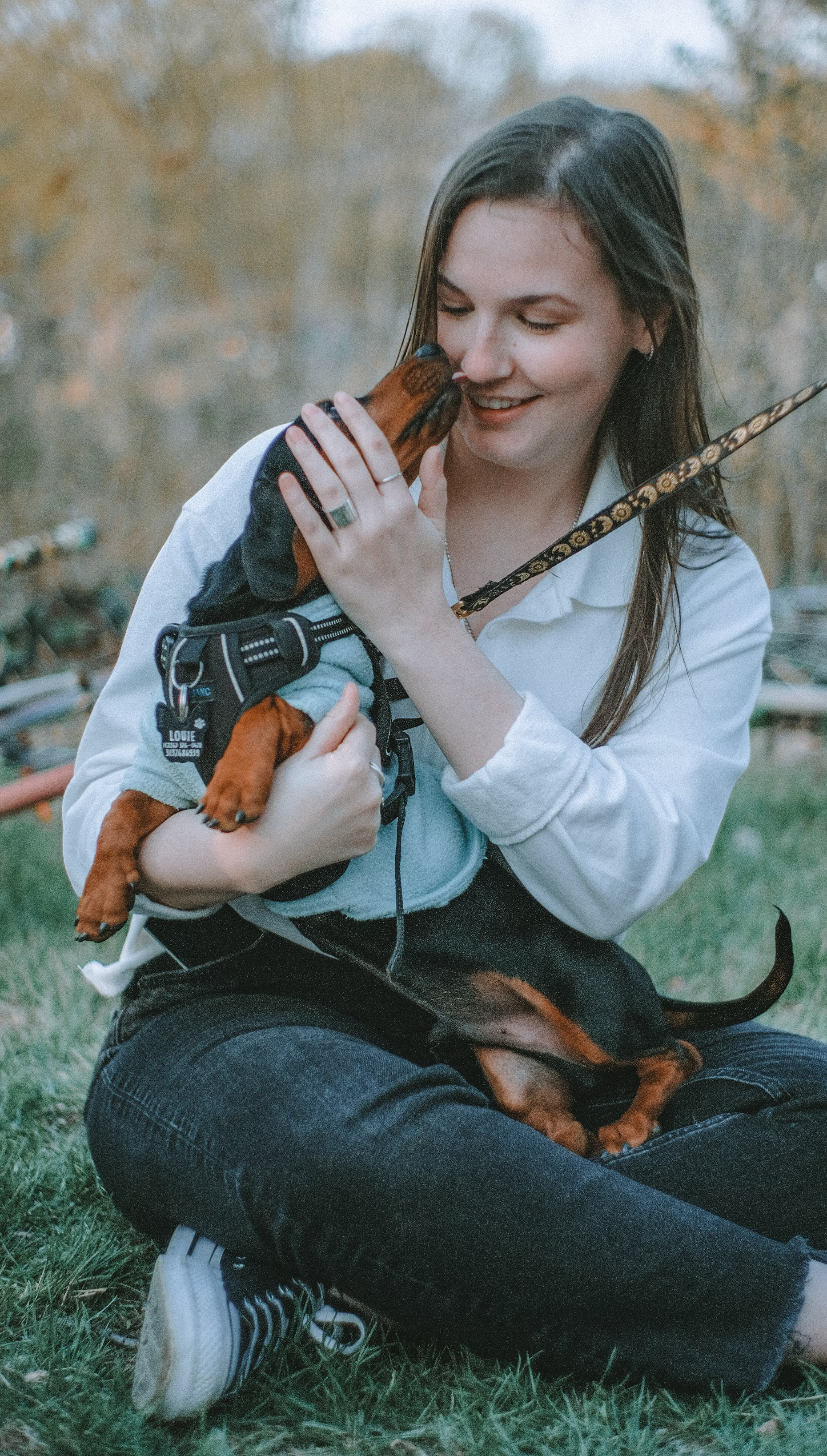Understanding Your Dog's Body Language

Understanding Your Dog's Body Language
Dogs communicate primarily through body language, and understanding these cues can significantly strengthen the bond between you and your furry companion. By learning the subtle signs they display, you can better interpret their emotions and meet their needs.
Tail Wagging: A Key Indicator of Emotion
One of the most obvious and well-known signals is tail wagging. However, not all wagging is created equal. A relaxed, full-body wag usually indicates happiness or excitement. On the other hand, a fast, stiff wag may signify agitation or even anxiety. Pay attention to the direction and speed of the wag to understand what your dog is feeling.
Posture and Body Stance
The way your dog stands or lies can also tell you a lot about their mood. A relaxed dog will typically have a neutral posture with their body at ease. However, if your dog is standing tall with their tail straight and stiff, they may be feeling threatened or on alert. On the contrary, a submissive dog may lie down with their belly exposed or lower their body close to the ground.
The Eyes Have It
Your dog's eyes are another window into their feelings. Soft, relaxed eyes generally indicate calmness, while wide-open eyes may show excitement, fear, or surprise. If your dog is squinting or avoiding eye contact, they may be anxious, stressed, or uncomfortable. Understanding their gaze is crucial in assessing their emotions.
Stress and Discomfort Signals
Dogs often display signs of stress or discomfort through actions like yawning, licking their lips, or turning their head away. These behaviors are subtle but important clues that your dog may need space, is feeling uneasy, or is trying to communicate that they're overwhelmed.
Strengthening Your Bond
By paying attention to these body language signals, you can build a deeper understanding of your dog's needs and emotions. This not only helps you respond appropriately but also nurtures a trusting and harmonious relationship with your dog. So next time you're spending time with your dog, observe their ears, eyes, tail, and posture closely. You might just be surprised by what they’re trying to tell you!
Remember, every dog is unique, and some may communicate differently. Take the time to observe and learn their specific body language, and you'll be better equipped to care for your dog in a way that strengthens your bond.
Diana
This is so interesting! I didn't know that tail wagging means different things.
Eve
Very informative! Thank you!